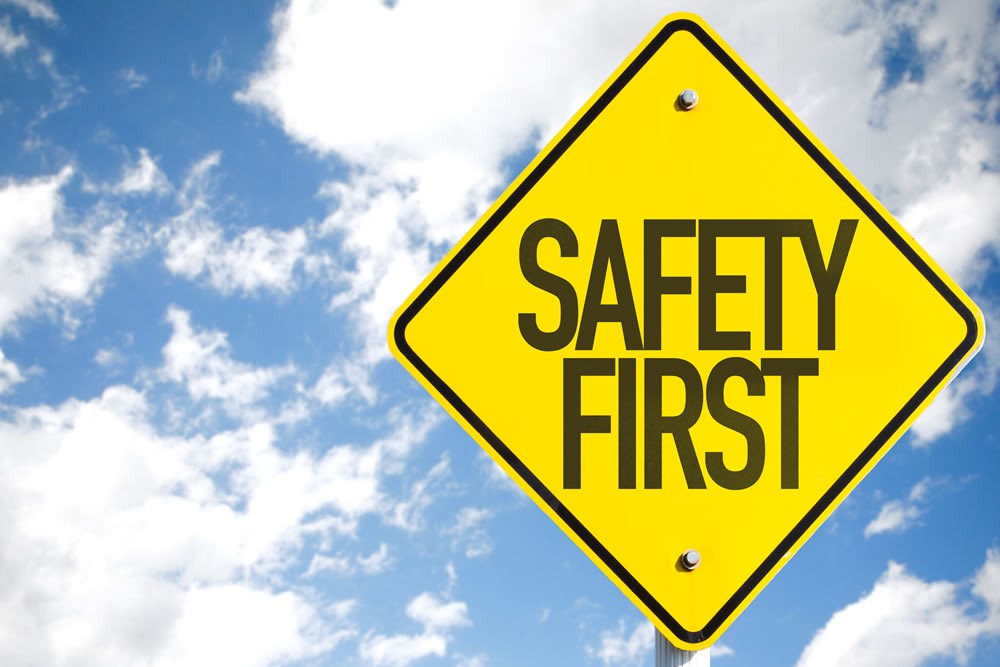Blog / News
New York City Increases Safety Measures for Construction Workers
On May 10, several bills were signed into law which increases safety conditions for New York City's construction workers. The approved bills include increases in injury reporting requirements, crane-related safety measures, and the requirement of a construction superintendent and onsite safety plan for any building project that is three stories or higher. Not included in the recent set of approvals was the controversial New York City Council bill 1447 which would mandate all construction workers – regardless if they are union or nonunion – to complete apprenticeships or have comparable work experience.
Reporting Requirements
Under Intro 1433-A, the Department of Buildings (DOB) will have to track and publish a full list of deaths and injuries on construction sites. Within the report, contractors will have to detail the type of injury, how long the worker has been on the job, and whether or not they belong to a union. Construction companies that fail to report worker deaths face penalties up to $25,000. Currently, only deaths that involve a violation of New York City's construction code are counted, while those that involve workplace safety codes and not the city's code violations are not. Under the new legislation, construction companies must report all deaths regardless of whether they involve a city code or not.
On Site Safety
Under Intro 81-A, the DOB is required to notify the Occupational and Safety Administration (OSHA) about construction code violations that might put the safety of workers at risk. Additionally, the DOB must report to the Mayor and the Speaker of the City Council on those instances.
Under Intro 1448-A, all buildings under construction that are over three stories are required to retain a construction superintendent. Buildings Commissioner Rick D. Chandler, PE stated that this new legislation "will expand safety supervision to an additional 2,300 high-risk sites citywide." Intro 1488 will go into effect in 180 days.
Crane Regulations
Intro 1421-A, requires certain complex cranes to have GPS trackers or other locating equipment for DOB to be notified when they are moved on or off a work site. If a crane does not have GPS or similar locating device installed, the construction company must notify the DOB when the crane arrives and leaves a construction site.
Intro 1435-A requires certain types of cranes to be equipped with data-logging devices that can record operations and work conditions. According to ConstructionEquipment.com, the information to be collected includes crane configurations, any overload condition, status of limit switches, and operator overrides. This information must be available to the DOB upon request.
Intro 1446-A requires a Class-B hoisting machine operator licensing rating to use a crane with a large boom or jib configuration. This rating can be obtained through demonstration by operation, practical exam, or completion of simulator training specific to the make and model of the crane. Operators are also required to have at least two years experience under the direct and continuing supervision of a class B licensed hoisting machine operator. Intro 1446 will go into effect in six months after the day they were signed it into law.
When you subscribe to the blog, we will send you an e-mail when there are new updates on the site so you wouldn't miss them.



